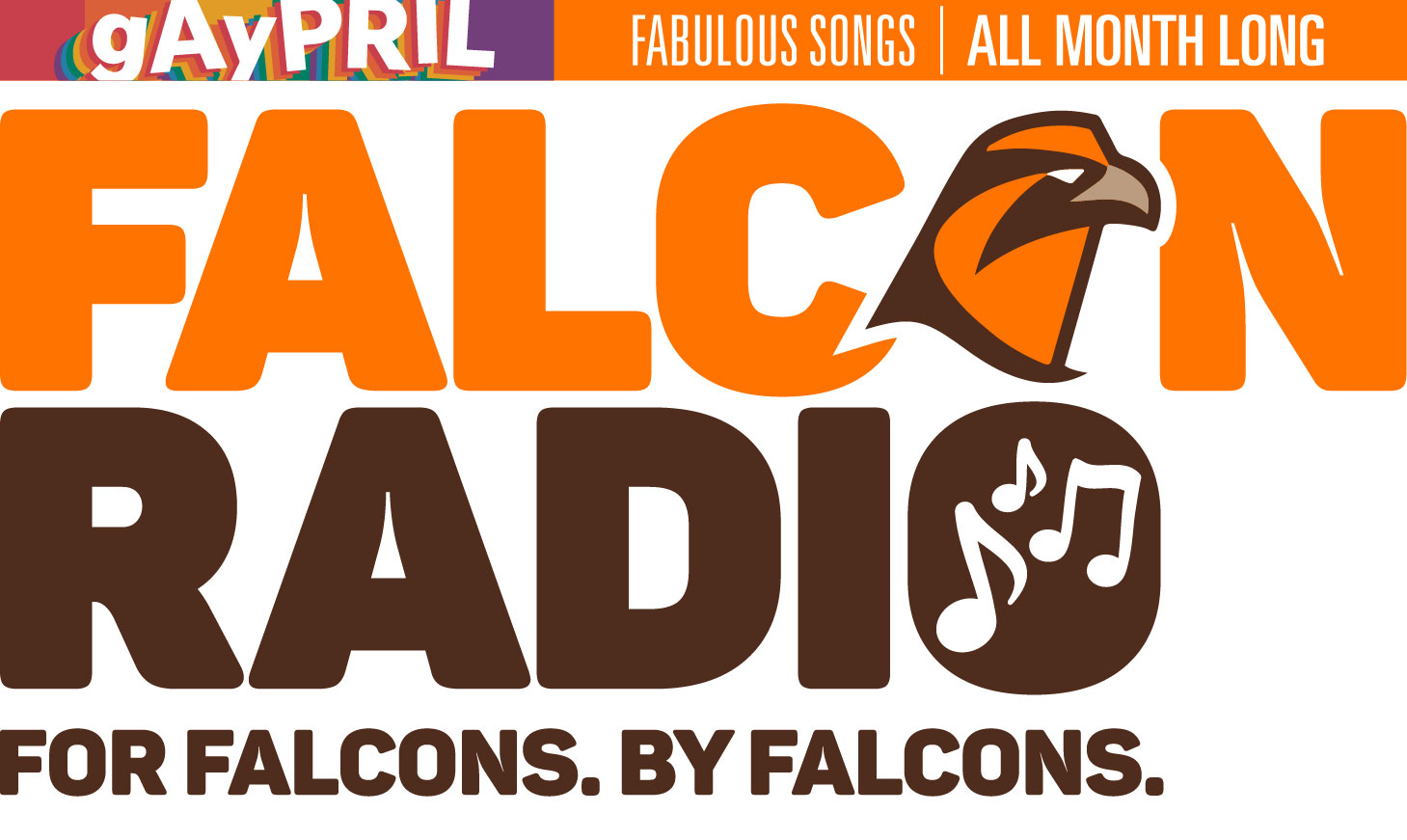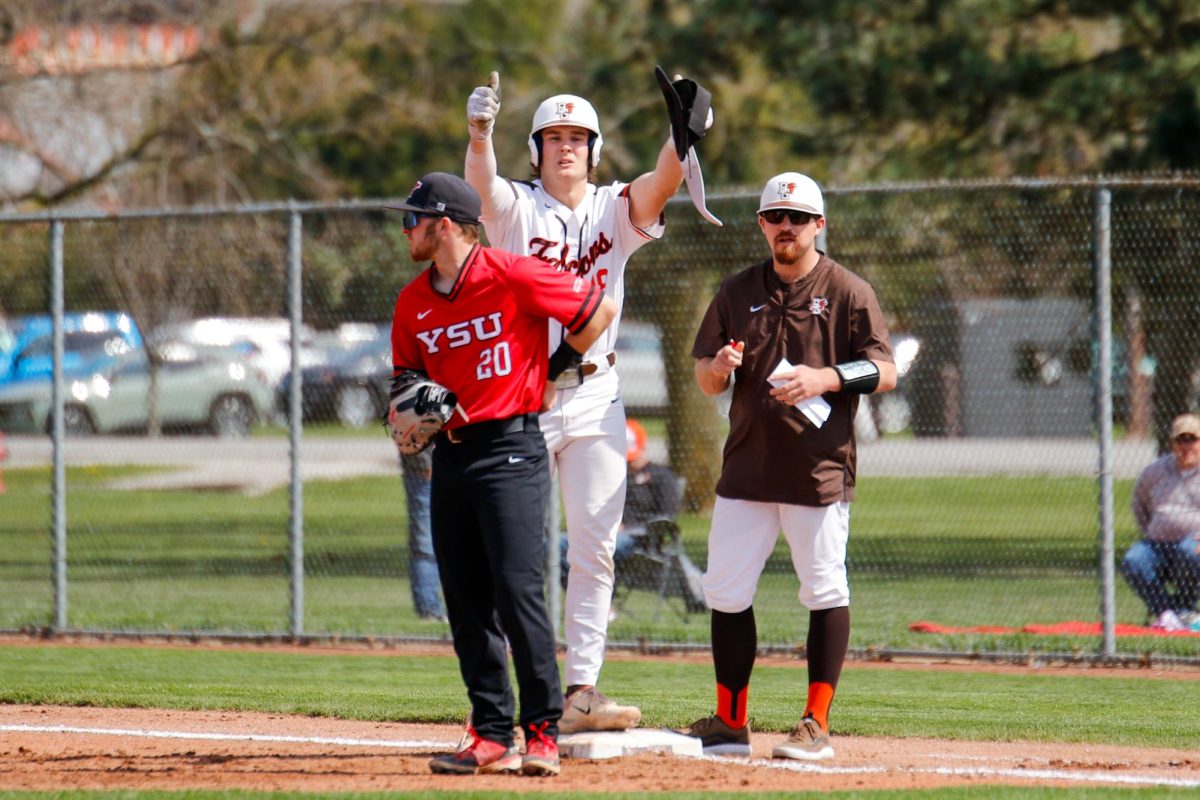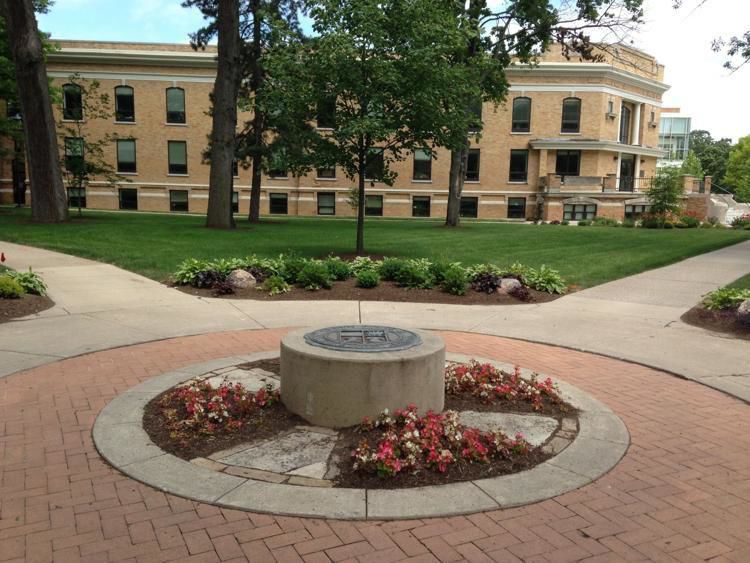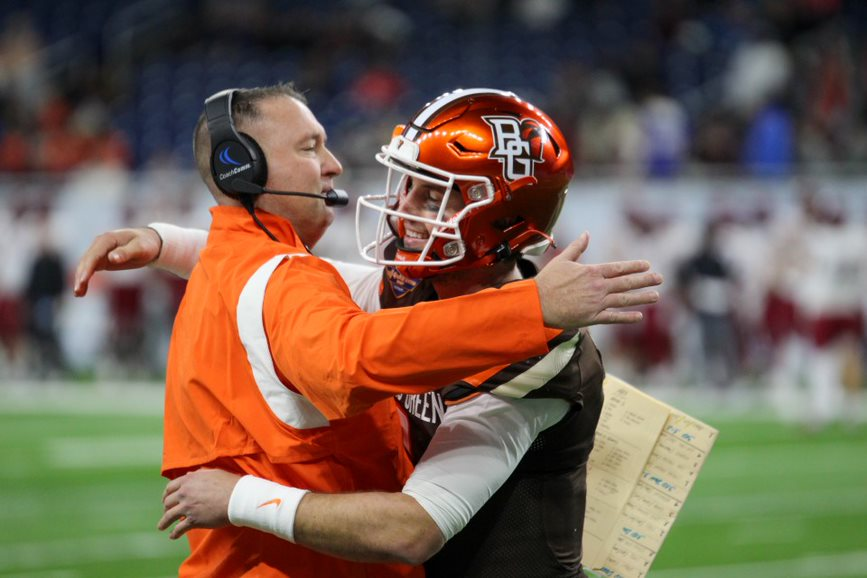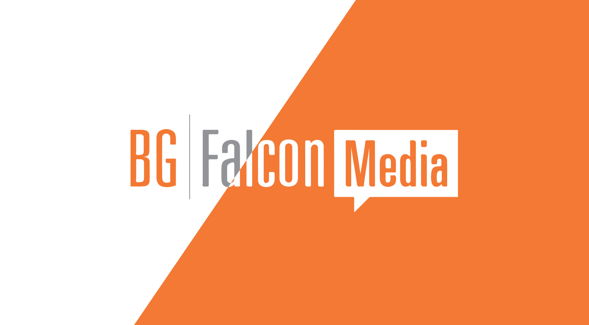Last week, BGSU hosted its second showing of an exhibit that could become a long-standing tradition for education and activism on campus.
In my walk through the Tunnel of Oppression in the Bowen-Thompson Student Union, I enjoyed the enormous amount of detail put into the graphics, audio and set, making the space safe to reflect on my personal immigration inequality perspective.
Originating from grassroots diversity programs in the early ‘90s, the first renditions of the project worked to introduce students to concepts of tolerance through a large-scale sensory experience. While BGSU depicted the exhibit to be set in a faux airport, versions nationwide have opted for graffitied alleyways or literal tunnels to express the harrowing journey taken by immigrants to achieve asylum.
The exhibits aim to capture the bleakness and confusion that immigrants suffer when hope is shattered. The university demonstrated this with what one might feel if they became trapped in the very airport from which they were supposed to depart.
Regardless of the creative liberties taken to achieve the effect, I admire the project’s pertinence to all walks of life with a message that can reach beyond what we as students digest in textbooks and browse on the internet.
However, I noticed a lesser message echoing alongside the exhibit pamphlet’s alleged goal to “increase awareness and education literacy in a format that combines both active and passive learning elements.”
Directly following the former, I had to digest hasty assurances of what the Tunnel of Oppression does not want to do. A sign at the entrance intercepted viewers with the disclaimer “(the exhibit) is not designed to make people feel bad about their personal identities. It is not an attack on anyone’s identity or group, rather, it is designed to help make you aware of and proudly embrace your identities…”
Moments before I would encounter jarring timelines, narratives and photography that would document America’s racist immigration history, I had to be reminded to not feel guilty.
To preface, my issue with the public narrative that appeases white guilt does not begin or end with Bowling Green’s valiant efforts in the Tunnel of Oppression. The experience was excellent, informed and accurate. Yet, I could not help but become distracted from the project’s focus when there read what felt like an apology — an apology for what I could not place.
Though varying in exact methodology, most movements working toward equality acknowledge the need to unite the many in order to achieve justice for an oppressed few. In America, this looks like garnering support from the upper class, white, able-bodied and heteronormative demographic to uplift minority voices. The concept of ‘few’ or ‘less’ may translate into discrepancies in power, wealth or abilities if not with a population-based quantity.
Reflective of a complex issue, there are numerous, complex layers to navigating both public and private conversations about systemic inequality. With this being said, I can acknowledge my privileged role within a governmental system that causes harm without taking personal blame.
Exhibits and educational experiences like the Tunnel of Oppression often leave me deeply unsatisfied. With all of this information, where is my call to action? All of this pain, where is the outrage? Why do I feel like I cannot do something to fix this awful reality?
Awareness is a necessary, if not equally frustrating step, before action can be taken. If anything, the Tunnel of Oppression succeeded in creating an immersive reality check that could fuel useful outrage against this country’s inaccessible immigration standards.
In seeing stories of refugees suffering and being confronted with a problematic history dating mere decades ago, we must acknowledge how harm from years of oppression and pain persist today. When we strive to unlearn systems of inequality, why not ask why we abide by their methods in the first place? Apathy feeds the machine.


